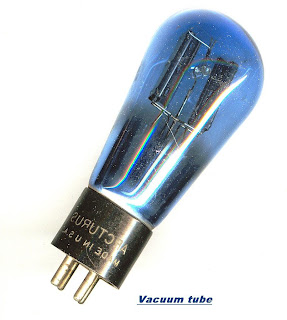
Computer is an electronic device that receives input, stores and manipulates data, and provides output in a useful format at high speed. Computer performs tasks, such as calculations or electronic communication, under the control of a set of instructions called a program. Computers perform a wide variety of activities reliably, accurately, and quickly. The most versatile machine that man has ever created is computer. In the sectors of education, industries, government, medicine, scientific research, law and even in music and art computer has played a vital role. So without computers, life would certainly be difficult and different.

CHARACTERISTICS OF COMPUTER
Today, computers are found everywhere in offices, homes, schools and many other places. Much of the world runs on computers, and computers have changed our lives. Some of the characteristics of computers, which make them the most essential part of every emerging technology, are listed below:
Speed
Computers work at tremendous speed which process data at an extremely fast rate. At present a powerful computer can perform billions of operations in just a second.
Milli second = A thousandth of a second (1/1,000)
Micro second = A millionth of a second (1/1,000,000)
Nano second = A billionth of a second (1/1,000,000,000)
Pico second = A trillionth of a second (1/1,000,000,000,000)
Accuracy
The computers are very accurate. The level of accuracy depends upon the instructions and the type of machine being used. Computer is capable of doing only what it is instructed to do. Inaccurate instructions for processing lead to inaccurate results. This is known as GIGO (Garbage In Garbage Out). Errors may occur in the results due to human factors rather than the technological weaknesses.
Automatic
Computers are automatic machines. Once a program is in the memory of a computer, no human intervention is needed; it allows the instructions step by step, executes them and terminates the execution when it receives the command to do so.
Storage capacity
Computers have got a main memory and the secondary storage systems. The main memory of the computer is relatively small and it can hold only a certain amount of information. Therefore, the larger amount of data and information is stored in the secondary storage media such as magnetic disk and optical disk. Computers can also retrieve the information instantly when desired.
Diligence
Computer, being a machine, does not suffer from the human problems of tiredness and lack of concentration. It can continuously work for hours without making mistakes. Even if millions of calculations are to be performed, it will perform the last calculation with the same accuracy and speed as it has done in the first one.
LIMITATIONS OF COMPUTER
Computers have certain limitations too. As a machine, a computer can only perform what it is programmed to do. Computers lack decision-making power, computers cannot decide on their own. If an unanticipated situation arises, computers will either produce erroneous results or abandon the task altogether. They do not have the potential to work out an alternative solution

Read More about:





.jpg)























